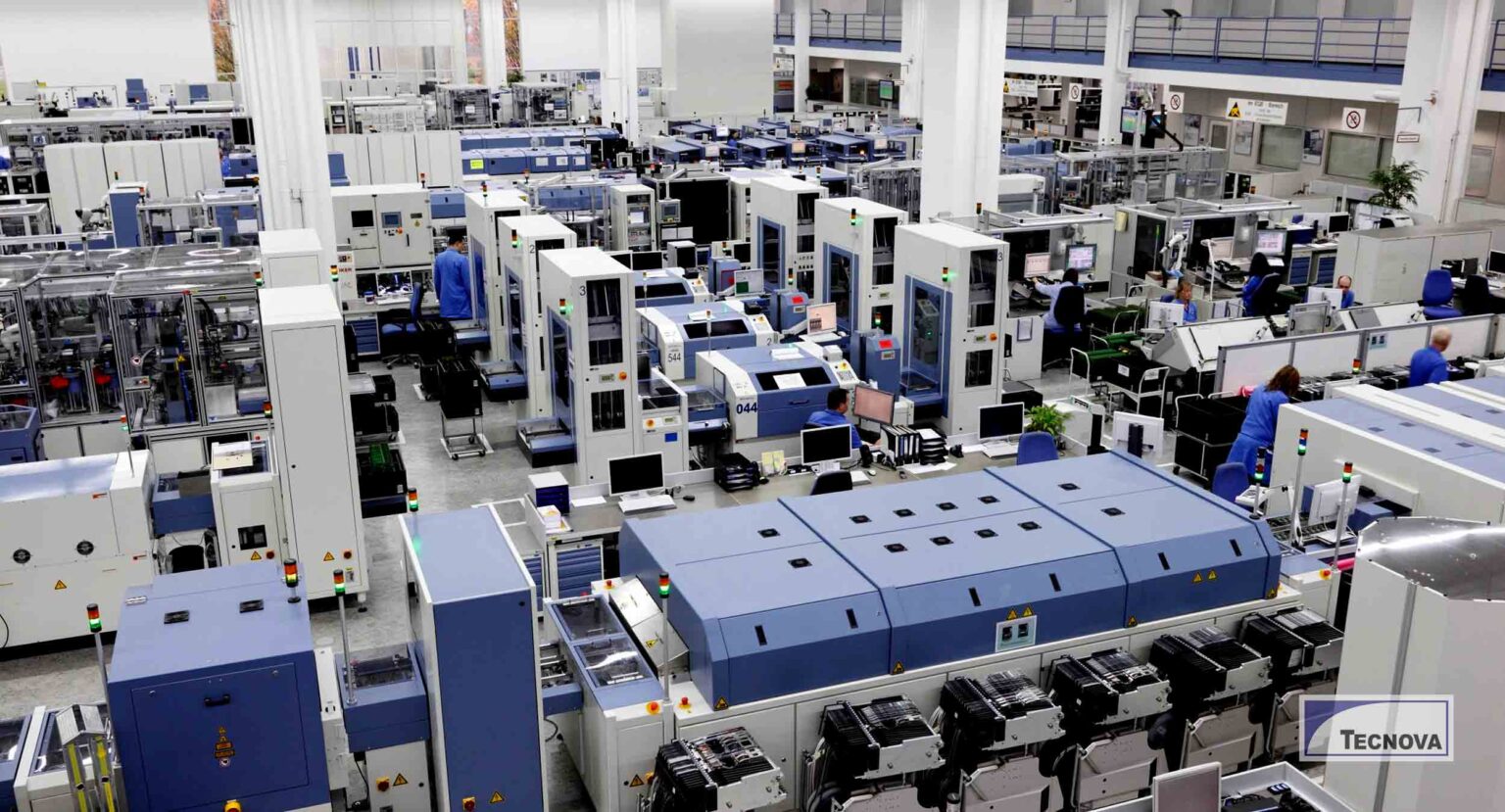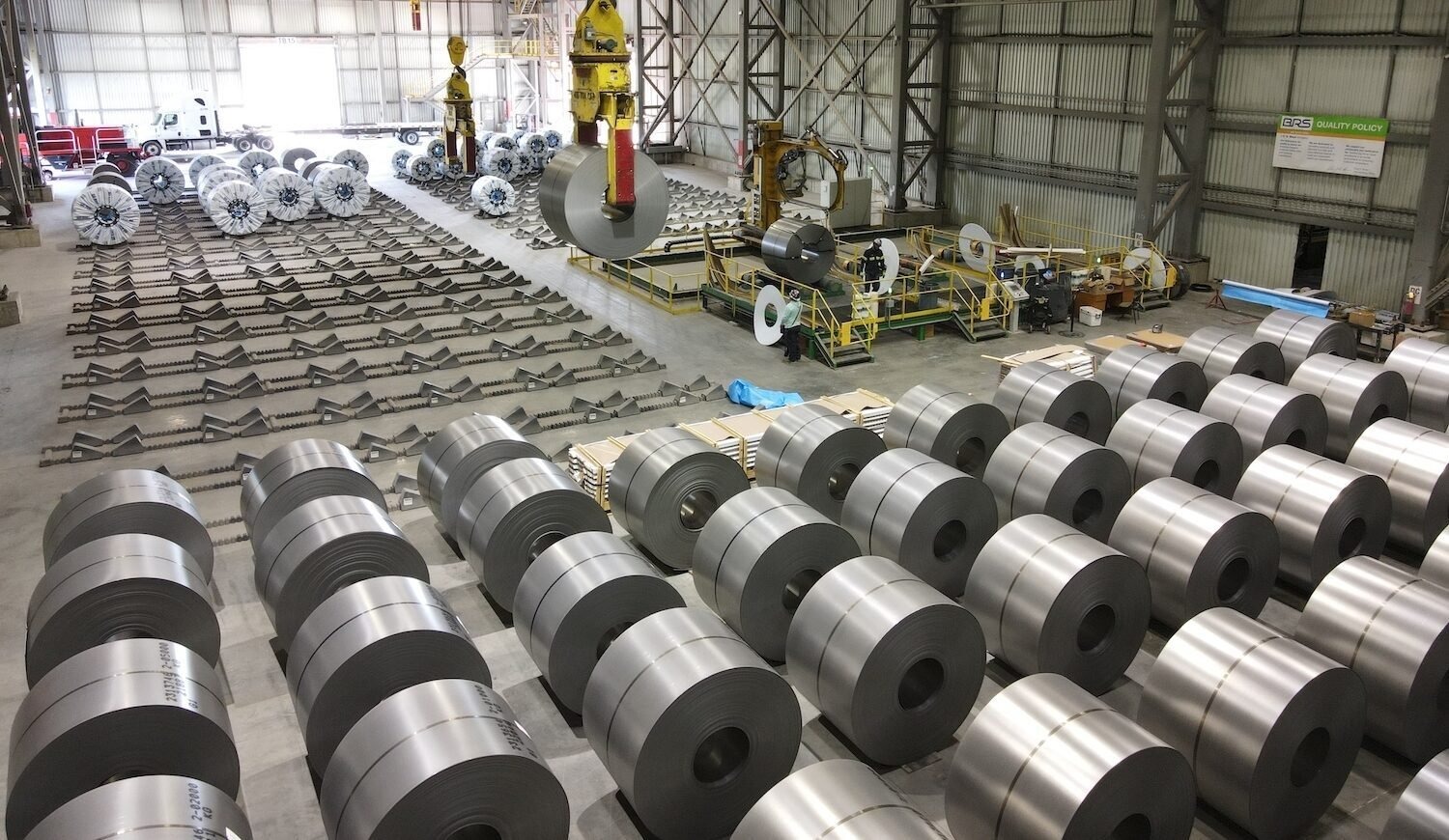
Indian industry has established itself as a leading electronics manufacturer worldwide which has allowed it to minimize its dependence on foreign imports. Through its Make in India initiative the government successfully brought both investments and increased manufacturing capabilities to the country. The world now recognizes India as the second-largest producer of mobile phones while mobile phone exports grew 77 times from 2014 to 2024. The Production Linked Incentive (PLI) Scheme together with the Phased Manufacturing Programme (PMP) and Semicon India Program have positioned India strongly in the global electronics sector and semiconductor industry. Electronics production targets from the government reach a goal of USD 300 billion for the year 2026.
Key Points
Transformation in Electronics Manufacturing
-
Since 2014 India had two mobile manufacturing units yet today there exist more than 300 such domestic facilities.
-
By December 2024 the local production of mobile phones in India reached 99.2% while starting from 26% in 2014-15.
-
The number of exported mobile phones grew from ₹1,566 crore during 2014-15 to ₹1.2 lakh crore during 2023-24.
-
Between FY14 and FY24 mobile phone manufacturing values increased dramatically from ₹18,900 crore to ₹4,22,000 crore.
-
The country currently produces between 325 and 330 million mobile phones yearly for more than 1 billion active devices.
Key Government Initiatives
Make in India Initiative
-
The initiative arose in 2014 to transform India into a world-class production destination.
-
The initiative seeks to achieve three objectives: investment attraction and innovative solutions alongside first-class infrastructure development.
-
The government promoted 'Vocal for Local' to build up domestic production.
Phased Manufacturing Programme (PMP)
-
The 2017 policy launched a program to support domestic value added operations in mobile phone production.
-
The government launched a program that strengthened manufacturing from SKD products to complete CKD products.
-
Local component production and supply chain strength received increased investment leading to their national development.
Production Linked Incentive (PLI) Scheme
-
The scheme started in 2020 with the goal to drive up large-scale electronics manufacturing across the nation.
-
New production incentives under this scheme offer between 3% and 6% of current and future sales for domestically manufactured items.
-
As of February 2025:
-
₹10,905 crore cumulative investment.
-
₹7,15,823 crore cumulative production.
-
₹3,90,387 crore cumulative exports.
-
1,39,670 direct jobs created.
-
Semicon India Program
-
The 2021 initiative received a budget allocation of ₹76,000 crore to develop semiconductor production in India.
-
The approved five major projects received funding of ₹1.52 lakh crore.
-
An indigenous semiconductor chip made in India will commence production in 2025.
-
Key projects include:
-
Micron's ₹22,000 crore investment in a semiconductor facility.
-
Tata Electronics' ₹91,526 crore Semiconductor Fab facility in partnership with PSMC, Taiwan.
-
CG Power & Industrial Solutions' ₹7,584 crore OSAT facility.
-
The semiconductor packaging facility of Kaynes Technology India operates out of Gujarat with a total investment value of ₹3,307 crore.
India Semiconductor Mission
-
A commercial semiconductor fab secured its first agreement in March 2025 to be established in Dholera of Gujarat.
-
The project includes manufacturing of semiconductors and display technology along with OSAT facilities and semiconductor research and development activities.
Scheme for Promotion of Manufacturing of Electronic Components and Semiconductors (SPECS)
-
Under this scheme businesses can acquire financial incentives worth 25% for their capital spending on electronic components and semiconductor technologies.
-
The initiative seeks to build up national manufacturing strength while cutting down import demands.
Conclusion
Through the Make in India initiative India achieved self-sufficiency while becoming a competitor in the global electronics manufacturing market. Through well-developed policies and substantial funding together with strategic partnerships India will reach its objective of USD 300 billion electronic production by 2026. The rise from two mobile manufacturing units in 2014 to over 300 today highlights India’s commitment to innovation and economic growth. Through its strengthening semiconductor and electronics business ecosystem India positions itself to lead globally in technology production and manufacturing.



 The Radical and Enduring Legacy of Shivaji Maharaj – A Pioneer of Governance and Military Strategy
The Radical and Enduring Legacy of Shivaji Maharaj – A Pioneer of Governance and Military Strategy Sarhul Festival: A Celebration of Nature and Adivasi New Year
Sarhul Festival: A Celebration of Nature and Adivasi New Year From Farm to Retail: Make in India’s Food Processing Revolution
From Farm to Retail: Make in India’s Food Processing Revolution ADB-Funded SMILE Program to Enhance India's Logistics Efficiency
ADB-Funded SMILE Program to Enhance India's Logistics Efficiency India Achieves Significant Milestone in Global Tea Industry, Becomes World’s 2nd-Largest Exporter of
India Achieves Significant Milestone in Global Tea Industry, Becomes World’s 2nd-Largest Exporter of Green Iron: A Billion-Dollar Opportunity and the Challenge of Winning It
Green Iron: A Billion-Dollar Opportunity and the Challenge of Winning It JSW Steel Becomes the World’s Most Valuable Steelmaker with $30 Billion Market Cap
JSW Steel Becomes the World’s Most Valuable Steelmaker with $30 Billion Market Cap India’s GDP Doubles in a Decade, Set to Overtake Japan: IMF
India’s GDP Doubles in a Decade, Set to Overtake Japan: IMF One Billion Tonne: Strengthening India’s Energy Future
One Billion Tonne: Strengthening India’s Energy Future






